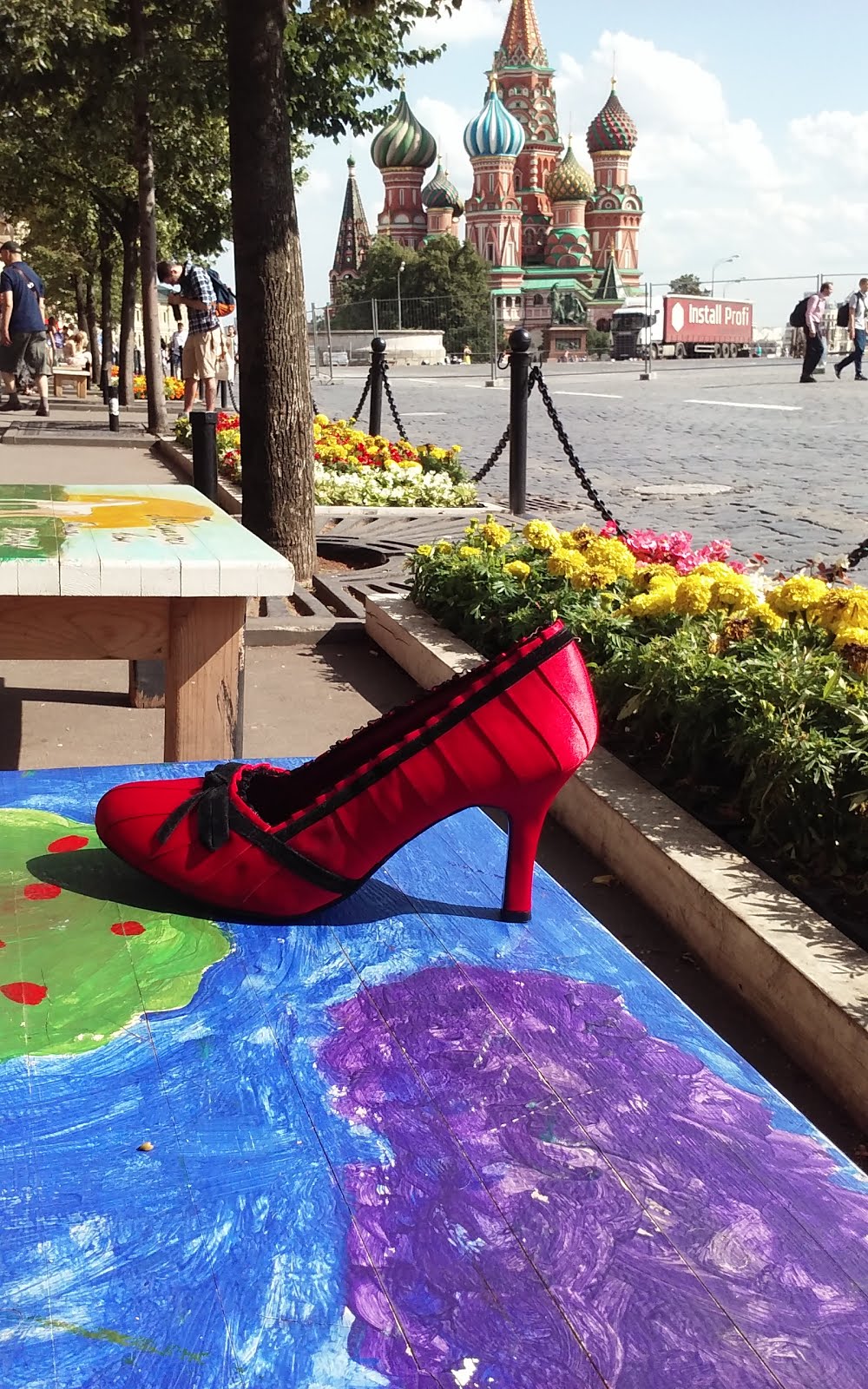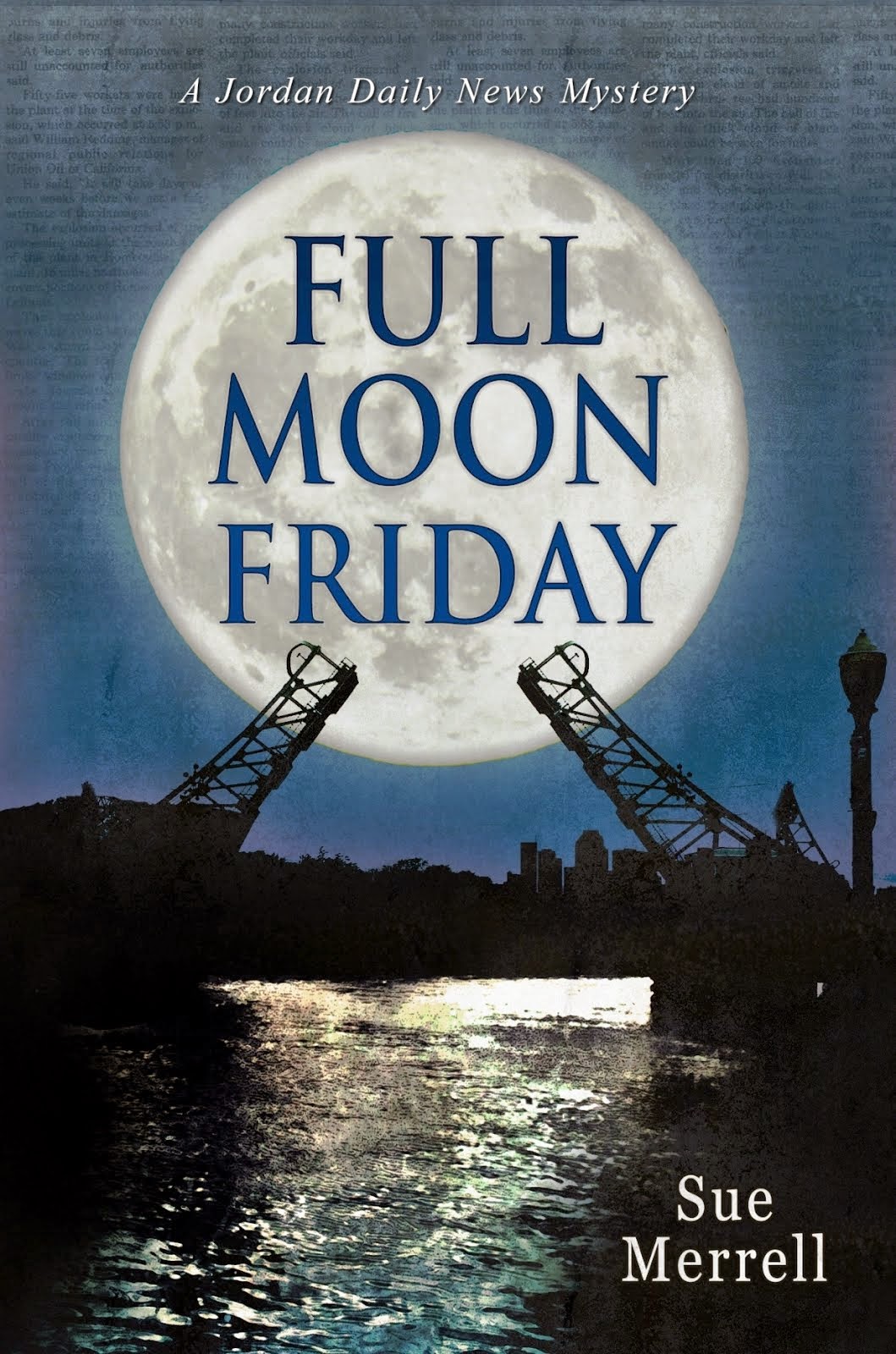Polly
Hawkins Craig was my age —66 —when she risked her life to save a fort full of
settlers from an Indian attack. And I’ll bet she didn’t hesitate. After all, she’d
just finished hiking across the Appalachian Mountains from Virginia to Kentucky.
Some of my son’s ancestors on his father’s
side were known as the Traveling Church. One of Polly’s sons, Lewis Craig, was
a Baptist minister in Virginia where it was against the law to be anything but
Anglican. In 1781 Lewis decided to move to Kentucky, and 400 church members followed
him. The group started out with wagons, but at Ft. Chiswell
the road became too narrow and steep. They had to walk; the horses carried
their stuff. They walked from September
to December.
In
addition to Lewis, Polly had 10 more grown children. Many of them and their
kids and grandkids were part of this Exodus to Kentucky. When the Traveling Church reached Kentucky, they built Craig’s
Station near Boonesborough and spent the
winter. In the spring, some of the group moved into an abandoned fort called Bryan
Station near Lexington.
In August, 1782 -- almost a year after Cornwallis surrendered at Yorktown and the official battles with the British were over -- about 300 Indians and Canadian soldiers crossed the Ohio River into Kentucky
to attack Bryan Station in one of the final battles of the American Revolution.
About 150 settlers, including 64 children, took refuge in the fort. Most of them were part of the extended Craig family. But there was one little problem. The only water source was a spring about half a mile away. They couldn't survive a siege without water. And the fort could burn down if the Indians used flaming arrows and they didn't have water to put the fire out.
But they didn't want to send a wagon of armed men to get water, because the Indians would surely attack. If they sent women and children, as usual, the Indians might believe their warriors were unnoticed.
Early
on the morning of August 16, Polly led a group of about 20 women and girls down
to the spring. They carried one musket
and a lot of buckets. The spring was so close to the woods that they had to
pretend they didn’t see the Indians lurking there. No matter how much their
knees were shaking, they had to walk back up that hill without spilling their valuable
water.
They made the trek and returned without incident. A
few hours later the attack began. Flaming arrows set some of the roofs on fire,
but the precious water put out the blazes. The attackers destroyed the crops
outside the fort and killed the livestock, but the people inside the fort were
unharmed. A scout told the attackers that the local militia was on the way to
help the settlers, so the Indians and Canadian soldiers left before
dawn .
Daniel Boone was among the militia that arrived to help Bryan Station. The next day about 180 militia followed the Indians right into an ambush at Blue Licks. About half of the militiamen, including Daniel Boone's son Israel, were killed.Many years later the DAR erected a monument to Polly Hawkins and the women who went for water and saved the fort.






No comments:
Post a Comment